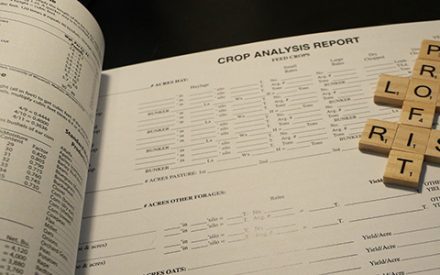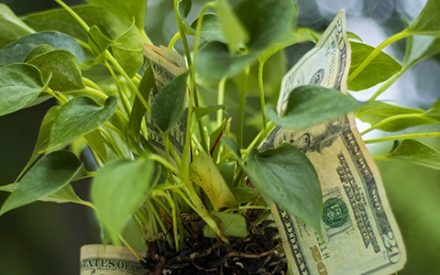Tight budgets are becoming the norm due to a combination of volatile commodity prices, rising input costs, labor shortages, and weather-related impacts. Amid these pressures, the push to innovate and adopt sustainable practices has not slowed—in fact, it is getting stronger.
How can producers balance innovation and sustainability without breaking the bank?
UW experts collaborated to create a comprehensive 16-page publication, Balancing Sustainability and Innovation, that is their collective wisdom on how farmers can balance being sustainable in tough times with the need to innovate to compete in the future. The publication focuses on four interconnected pillars:
- Nutrient management
- Cropping systems
- Pest management
- Economics
UW–Madison Extension’s Nutrient and Pest Management Program Balancing Sustainability and Innovation video playlist also outlines choices producers can make. Let’s explore how each contributes to resilient, forward-looking agriculture in 2025.
Nutrient Management: Efficiency is Key
In a year where fertilizer prices remain unstable, nutrient efficiency is not just a goal—it is a necessity. Farmers are moving away from blanket applications and embracing the 4R’s (Right Rate, Right Source, Right Time, Right Place). Never skip soil sampling to maintain fertility, pH and taking manure or legume credits.
Cropping Systems: Rethinking What We Grow and How
Tighter budgets are forcing farmers to evaluate the return on investment for every acre. This has led to more diversified cropping systems and increased interest in cover crops, double cropping, and interseeding. Always start with quality seed genetics and optimize seeding rates. Never skip crop rotation for corn and soybeans, as it increases yield 6-20%.
Pest Management: Smarter, Targeted Approaches
The days of calendar-based pesticide applications are fading. Integrated Pest Management (IPM) is driven by necessity and better data.
Economics: Building Resilience into the Bottom Line
Farming has always been a business of narrow margins. UW–Madison Extension’s crops and soils program creates crop budgeting tools, ROI calculators, crop insurance, and decision-support software that can help farmers assess whether an input or new practice will pay off. Develop or hire an expert for grain marketing. Seek off-farm income or consider how you can hire out your equipment or expertise.
Impacts to Your Bottom Line
Tight budgets are not just an obstacle—they are a catalyst to make sure you do something different in response. Look through the Balancing Sustainability and Innovation publication or watch the Balancing Sustainability and Innovation videos and decide which few things you could do differently. Tight years force everyone to reevaluate, prioritize, and innovate with intention. The farmers who thrive through boom-and-bust cycles will be the ones who make smart, strategic choices that align with both financial reality and a sustainable future.
Updated: April 23, 2025
Reviewed by: Paul Mitchell

 ▶ Fall 2025 Financial Assistance for Producers
▶ Fall 2025 Financial Assistance for Producers ▶ Fall 2025 Ag Policy Update
▶ Fall 2025 Ag Policy Update ▶ Fall 2025 Corn and Soybean Market Outlook
▶ Fall 2025 Corn and Soybean Market Outlook ▶ AI in Agriculture
▶ AI in Agriculture


